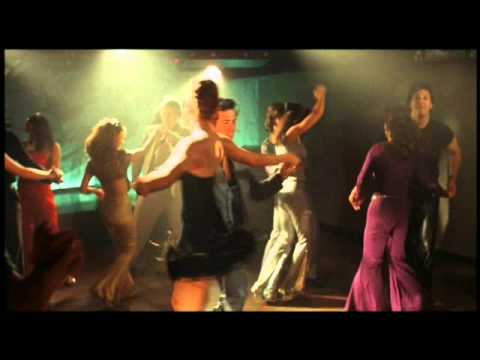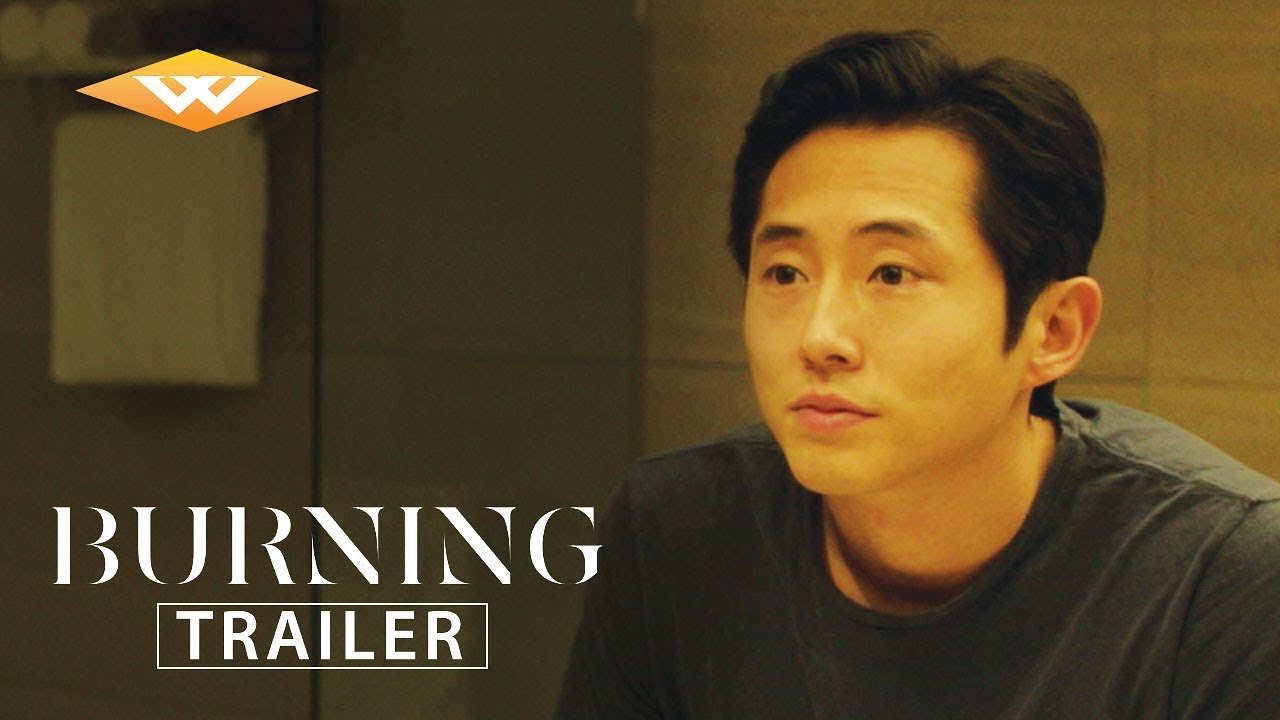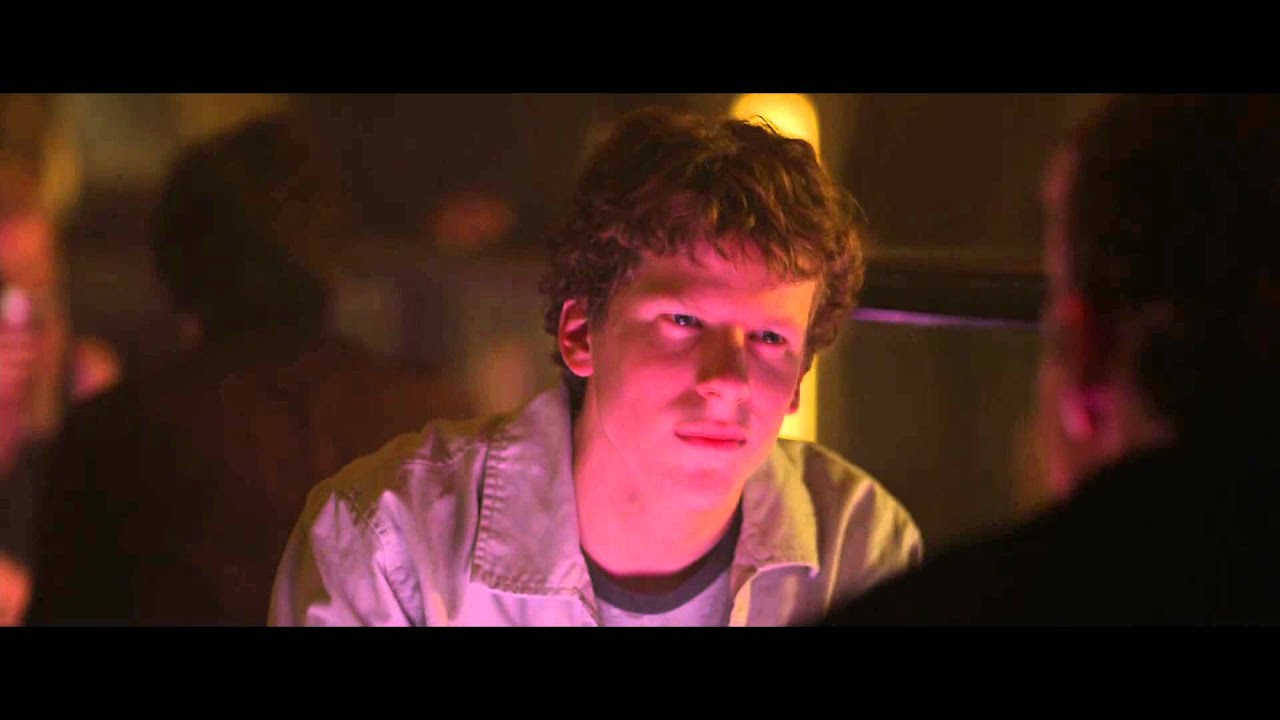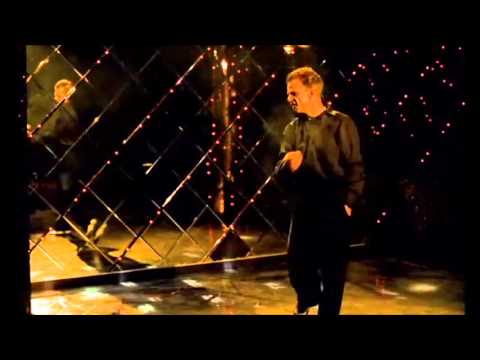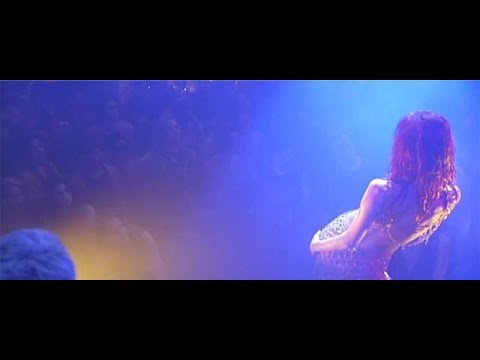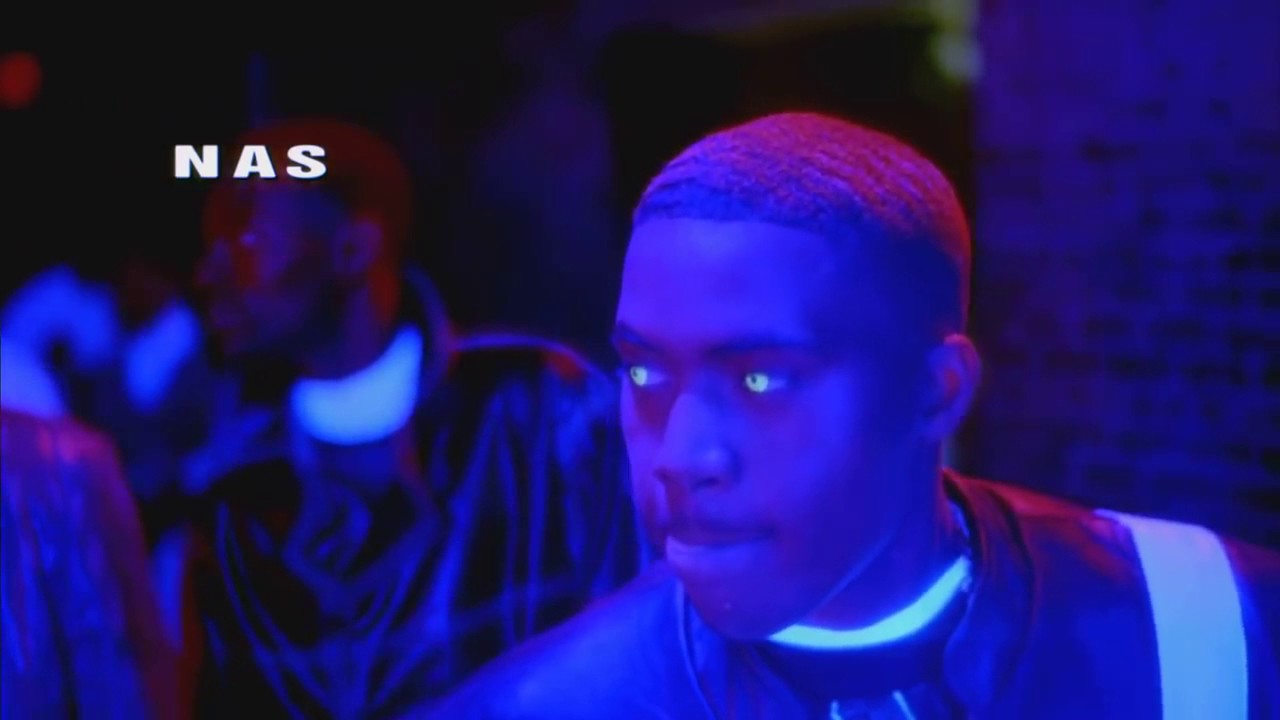
From Burning to Babylon, 7 Movie Clubs You Can Visit Without Breaking Quarantine
Seduction, liberation, and violence move to the dancefloor.
Movies are exactly like real life. Everyone’s an architect, or a lawyer, or a reporter, or an assassin. Everyone works 45 minutes a week, unless they’re detectives, in which case they work 25 hours a day. When they’re not working, people like to walk on the beach or hang out in their favorite bar, where they never need to shout, no matter how crowded it gets. People never go to the bathroom, unless they’re about to be killed. And just like in real life, people in movies spend every second between 10 pm and 6 am at the club.
At a glance, nightclubs would seem to appeal to filmmakers for the same reasons they appeal to clubgoers: the music is exciting; everything looks better in red LED lighting; you can let your guard down, forget your responsibilities, and bask in the happy pointlessness of the moment. Small wonder that most nightclub scenes are basically gratuitous nonsense. At their best, though, they give directors a rare opportunity. A club can be a metaphor for almost anything, and a well-executed club scene can be a short, intense version of the film it’s in—plot and plausibility take a breather while themes and symbols take center stage. Below, seven movie nightclubs you can visit without breaking quarantine.
Summer of Sam (1999)
Let’s get it out of the way: none of these scenes is entirely true to life. Nobody in a fictional club wastes time trying to get a drink or bumps into someone every ten seconds or waits in line to pee (even when there is a line, the main characters somehow manage to skip past the extras). But creative liberties aren’t inherently good or bad—the best thing the disco scene from Spike Lee’s Summer of Sam has going for it, in fact, is that it’s clearly, defiantly fake. Things start off simply enough: a handsome couple, played by John Leguizamo and Mira Sorvino, walk into a club and start dancing. The dancefloor is suspiciously empty for a weekend, and attentive viewers may remember that the song they’re dancing to, Machine’s “There but for the Grace of God Go I,” dropped in 1979, two full years after the film takes place. Then, everyone but Leguizamo and Sorvino vanishes. Blissfully in love, they’re the only people who matter to each other.
It’s a fairy tale, of course—and that may be the most psychologically realistic thing about it. By presenting the club as a fantasy land, Lee gets into his characters’ heads, conveying the kind of young, starry-eyed wonder that keeps people lining up behind the metal barricades in the middle of January.
Burning (2018)
One of the best recent club scenes is also one of the briefest. Midway through Lee Chang-Dong’s frightening mystery Burning, the three main characters—rich, cocky Ben; girlish, elusive Hae-mi; and shy, working-class Jong-su—visit a techno club in Seoul’s swanky Gangnam district. While Hae-mi dances, Jong-su pushes through the crowd, and the camera glides in front of him as if mocking his clumsy walk.
It’s an extraordinary moment—extraordinary for its concision (43 seconds), and extraordinary for what it implies about the setting. Seen one way, a club is a place where everyone gets an equal opportunity to sing and dance and clap their hands. Seen another, it’s a caste society: not everyone gets past the door, and just because you did doesn’t mean you belong inside. Burning, a quietly brilliant film about the war between the haves and the have-nots, takes the second, nastier point of view. Nothing about Jong-su, from his faded hoodie to his hunched posture, “belongs” here, and he knows it. The coup de grâce: in the next scene, he’s back on his farm, scraping cow shit. As far as he’s concerned, a Gangnam nightclub is Mount Olympus.
The Social Network (2010)
DJs roll their eyes at most movie nightclubs for the same reason doctors roll their eyes at Grey’s Anatomy—the more you know about your field, the faker it is likely to seem on film. The long, symbol-stuffed club scene in David Fincher’s Facebook creation myth The Social Network is a notable exception: this is the rare movie nightclub in which the characters have to shout to be heard from two feet away.
Much like its cousin in Burning, the club scene in The Social Network pairs a hoodie-wearing creep with elegant, floating camerawork. This time, however, the theme is seduction, not exclusion. As played by Jesse Eisenberg, Mark Zuckerberg doesn’t quite understand this milieu, but he’s willing to do almost anything to belong. The high melodrama of the music (Dennis de Laat’s “Sound of Violence”) echoes and feeds his ambition. Here in the VIP section, coke-y, hyperbolic lines (“This is a once-in-a-generation, holy shit idea!”) sound perfectly reasonable. The demonic lights, the shrieking techno, the barely-suppressed lust and greed—this is a club scene that wouldn’t have made sense anywhere else.
Beau Travail (1999)
Of the many dance scenes artfully strewn across Claire Denis’s filmography, none packs the punch of Beau Travail’s finale, set in a tiny club in Djibouti. This club, Bar des Alpes, has everything: flashing lights, indoor smoking, a mirror that looks like a big barbed wire fence, “Rhythm of the Night” by Corona. Everything, that is, but a crowd: when we bid him farewell, the protagonist, disgraced French legionnaire Galoup, is dancing on his own.
The dance—a crab walk-meets-trust fall-meets-flailing seizure—is the sort of thing that would get him thrown out of busier establishments, and it’s led more than one viewer to wonder if this is all happening in Galoup’s mind: if years of homoerotic yearning and envy and fantasy have finally cracked him wide open. It’s certainly possible, but there’s still a flicker of hope in his anguish. Banished from his beloved corps, Galoup is frightening but fearless, ominous but honest, crazed but cathartic. His dancing (especially combined with the techno) suggests the generations of repressed queer people who found an outlet for their repression in the all-embracing glow of the disco ball.
Strange Days (1995)
Strange Days belongs to the curious little subgenre of movies set in the slight future: it was released in 1995 but takes place four years later, in the last week of the millennium. The result is a heightened sense of reality, ordinary and nightmarish at the same time. The faces are familiar (Ralph Fiennes, Angela Bassett, Juliette Lewis), but the clothes and hairdos are a touch too wild for comfort. You’ve heard some of the songs before, but they’re so heavily worked over they sound brand-new (cf. the title track, written by Jim Morrison but given the heavy metal treatment by Prong). The lights are hysterical. In other words, Bigelow makes 1999 look and sound like the inside of a nightclub.
Just as Strange Days reimagines the world as a club, the strangest scene in Strange Days takes place inside an actual club. Like a lot of science fiction, the scene now comes across as dated and prescient in equal measure. Grunge music makes Juliette Lewis’s performance feel unmistakably 90s, in a way that blunts its impact 25 years on. But the mood of desperate, nihilistic hunger seems tailor-made for early 2020—here and throughout the rest of the film, there’s a sense that nobody knows what the future looks like, but it’s likely to be either a glorious revolution or an apocalypse. The name of Lewis’s song: “Hardly Wait.”
Belly (1998)
Another ever-so-slightly futuristic film (released in ’98, set in ’99), Belly is too often remembered, when it’s remembered at all, as a bit of trivia: as of 2020, it’s the only feature film directed by music video auteur Hype Williams. This is a shame, since it’s also one of the most visually inspired films of its era, a wizard’s spell book of slo-mo, chiaroscuro, cross-cutting, multiple exposures, strobes, blue filters, and blacklights—all of which figure prominently in the opening heist scene, set at the now-defunct Manhattan club Tunnel.
Long before it was a reality, the nightclub shootout was an action movie staple (cf. The Terminator, Collateral, Blade, etc.). By that logic, the intro to Belly is an utter cliché: Nas and DMX shoot some guards, steal a fortune, and run for it. But Williams’s direction is so inventive that he makes his precursors seem like they’re imitating him; it’s as if every other club heist scene before or since was a rough draft for this one. Notice how the beat drops the second the killer’s victim hits the floor. As Williams films it, violence isn’t really a disruption of club life—it’s the climax.
Babylon (1980)
At the end of Franco Rosso’s Babylon, one of the finest films ever made about the English reggae scene, an underground club-full of young black immigrants chants “We can’t tek no more of that” as an army of police officers breaks down the doors. The scene inspired cheers at the Cannes Film Festival, and the movie seemed destined to be a hit. Then the British ratings board tried to pressure Rosso to add an epilogue in which the main character, Blue, ends up in jail and expresses remorse for leading the charge against the cops. When Rosso refused, the board slapped his movie with an X, guaranteeing it would flop. Until last year, it had never gotten a theatrical release in the United States.
In hindsight, the idea that Babylon could have sparked the revolution censors were obviously worried about seems hysterical. What’s clear, though, is that the film dares to celebrate the revolutionary power of clubs. There’s nothing indulgent or hedonistic about Jamaican immigrants’ underground (and illegal) music scene—even when the characters are having fun, they’re defiantly courageous. After forty years of censorship and indifference, it seems right to end with Blue’s song:
We can’t tek no more of that!
Cause we know see, it’s 400 years and it’s the same kinda living
Brutality, hypocrisy, same immorality,
We can’t tek no more of that!
We can’t tek no more of that!
Lion! Lion! Lion! Lion!
Because we know you can’t fool the youth no more.
Jackson Arn contributes regularly to Art in America and has also written for The Nation, Garage and Lapham’s Quarterly. He lives in Brooklyn.
Published March 24, 2020. Words by Jackson Arn.

